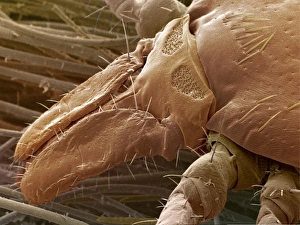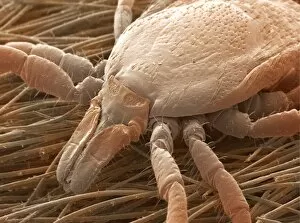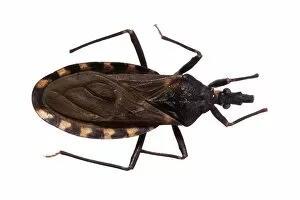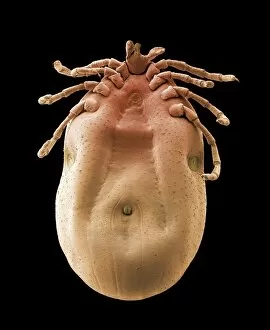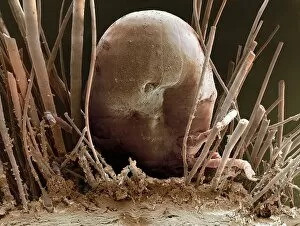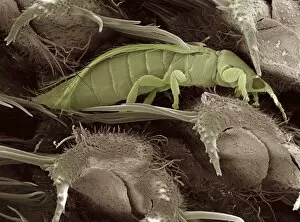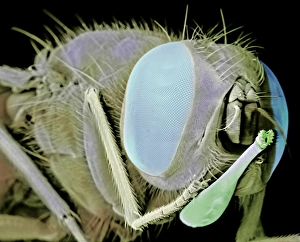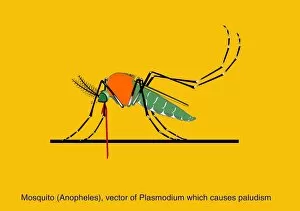Disease Vector Collection
"Disease Vectors: Unveiling the Hidden Threats" In a world teeming with microscopic dangers, disease vectors play a crucial role in transmitting various illnesses
All Professionally Made to Order for Quick Shipping
"Disease Vectors: Unveiling the Hidden Threats" In a world teeming with microscopic dangers, disease vectors play a crucial role in transmitting various illnesses. These tiny creatures, often unseen to the naked eye, serve as carriers for pathogens that can wreak havoc on human and animal health. Let's explore some of these notorious culprits. Sheep tick (SEM): This minuscule arachnid may seem harmless at first glance, but it harbors dangerous bacteria and viruses that can cause Lyme disease and other debilitating conditions. Deer tick (SEM): Similar to its sheep counterpart, this tiny parasite carries an array of infectious agents responsible for spreading Lyme disease among humans and animals alike. Triatomine bug C016 / 5641: Known as the "kissing bug, " this insect thrives in warm climates and is infamous for transmitting Chagas disease through its bite. The consequences of infection can be severe if left untreated. Triatomine bug C016 / 5638: Another member of the triatomine family, this stealthy vector poses a significant threat by carrying Trypanosoma cruzi parasites responsible for Chagas disease transmission across Central and South America. Triatomine bug C016 / 5639: With each blood meal it takes from unsuspecting victims, this triatomine bug spreads Chagas disease further into vulnerable populations. Its silent presence demands attention from healthcare professionals worldwide. Triatomine bug C016 / 5640: As dusk settles over rural areas where these bugs thrive, their bites become more frequent. Their insidious nature makes them efficient transmitters of Chagas disease-causing parasites. Triatomine bug C016 / 5636: Hiding within crevices or cracks in homes near forests or fields rich in wildlife hosts, this cunning vector silently feeds on sleeping individuals while leaving behind potential devastation – Chagas Disease. Triatomine bug C016 / 5637.


